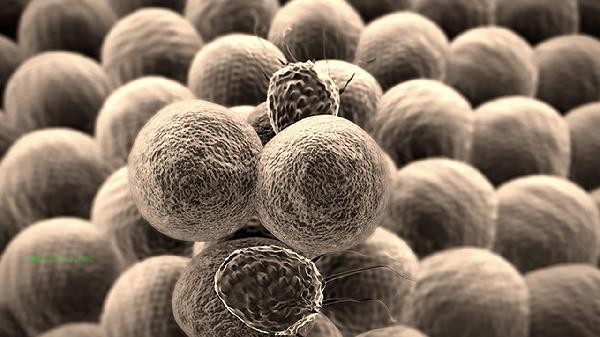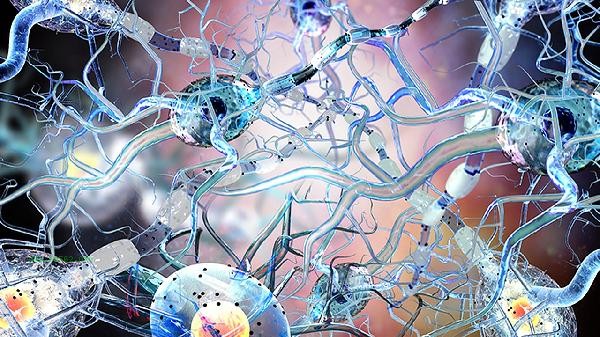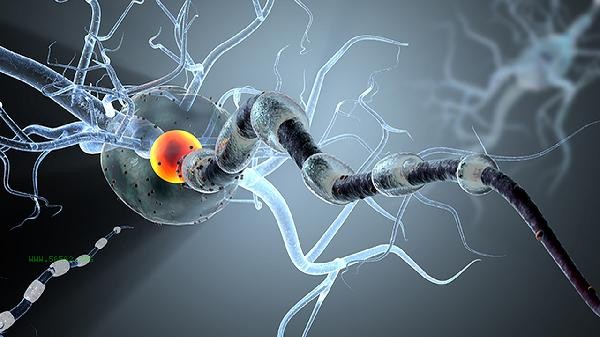When the absolute value of eosinophils exceeds 0.5 × 10 ⁹/L or the proportion exceeds 5%, pathological elevation should be alerted, and the clinical severity should be comprehensively judged based on specific values, symptoms, and causes.

1. Mild elevation: The absolute value of eosinophils in
is 0.5-1.5 × 10 ⁹/L or accounts for 5% -10%, which is mostly a mild abnormality. It is commonly seen in allergic diseases such as hay fever, eczema, parasitic infections of roundworms, hookworms, or drug reactions to penicillin and aspirin. This type of situation is usually accompanied by symptoms such as skin itching and nasal congestion, and it is necessary to identify the causes and receive targeted treatment.
2. Moderate elevation: The absolute value of
is 1.5-5 × 10 ⁹/L or accounts for 10% -20%, indicating moderate abnormalities, which may be related to acute asthma attacks, autoimmune diseases such as rheumatoid arthritis, or specific infections of schistosomiasis. Patients may experience symptoms such as wheezing, joint swelling and pain, and require comprehensive immunological testing and pathogen screening.
3. Significant increase: An absolute value of

exceeding 5 × 10 ⁹/L or accounting for more than 20% is considered a significant abnormality, and priority should be given to ruling out hematological diseases such as eosinophilia, chronic myeloid leukemia, or solid tumors. Patients of this type often experience weight loss and persistent fever, and bone marrow aspiration and genetic testing are necessary diagnostic methods.
4. Range of critical values:
When the absolute value is greater than 10 × 10 ⁹/L, there is a risk of high eosinophil syndrome, which can cause organ damage such as endocardial fibrosis and neurological damage. Urgent cardiac ultrasound, pulmonary function assessment, and initiation of glucocorticoid or targeted therapy are required.
5. Dynamic monitoring:
For asymptomatic individuals with mild elevation, it is recommended to have a blood routine check 2-4 weeks later; Continued abnormalities require the expansion of examination items such as IgE testing and fecal egg detection. Pregnancy and stress state may cause physiological fluctuations, and interference factors need to be ruled out.

Daily exposure to known allergens should be avoided, and a light diet should be maintained to reduce allergenic foods such as seafood and nuts. Adequate supplementation of vitamin C and probiotics can help regulate immunity. Symptoms such as recurrent rash and difficulty breathing should be promptly re examined to avoid self medication with antihistamines to mask the condition. Elderly patients and children should pay special attention to drug-induced factors and be informed of their medication history in detail before examination.








Comments (0)
Leave a Comment
No comments yet
Be the first to share your thoughts!